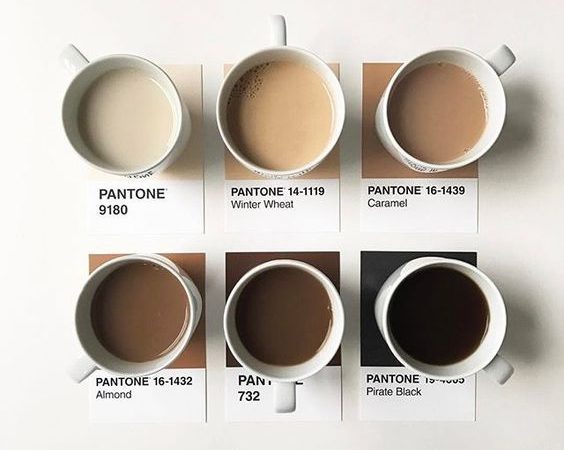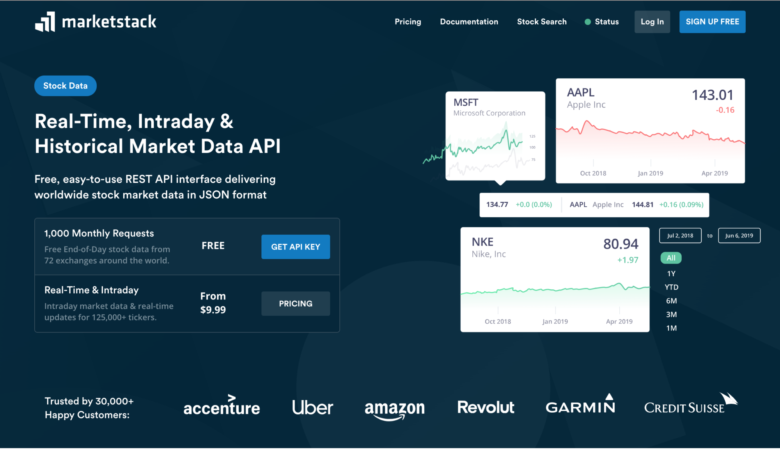When you are creating a website (or hiring a web/blog designer to create one for you), there are specific items you need to be aware of. Things that normally wouldn’t cross your mind. For the average person who wants a website or blog for their business, they are after one very important thing – sales. Now, they may tell you that they want the big flashy logos, or the overdone textures/gradients, but it is the job of a well skilled web designer to steer their clients in the right direction.
Below are twenty do’s and don’ts of effective web design. Study, read, (re)read and print this page. It will help either make or break your website. And don’t hesitate to let us know of anything we might have left out, in the comments below. We love getting your opinions on things and discussing the articles with you – after all, you’re quite possibly the coolest people in the world.
DO: Keep your page structured
In the recent months we’ve seen an explosion of great grid layouts and css files. The most famous (in my opinion) being 960.gs and one of the cooler, more light weight grid systems being the 1kb grid. Following after the structure and balance of a great magazine/newspaper, these grid systems help lay out information in a structured and easy to follow format.
Example
DONT: Just place boxes everywhere
We’ve all seen these types of websites before – 20+ boxes, all different sizes, nothing lining up properly and not on piece that actually grabs your attention because you’ve just ran into a whirlwind of craziness. if you’re a web designer and you cannot properly place items in a structured environment, well, I would’t really call yourself a web designer.
DO: Focus on what’s important
Are you building a website for a business that sells one specific product? If so, make sure that’s the focus of the home page. Allow yourself space on the inner pages to place calls to action for that specific item. If you’re building a blog that gives out freebies or writes tutorials, make sure they’re getting the proper amount of focus and attention. Websites like WOO Themes do a great job and putting forward what their main focus is – wordpress themes.
Example
DONT: Place irrelevant ads across your page
If you’re going to try and make money from your website/blog, do yourself a favor and lay off the excessive advertisements. If your page loads and has 70% ads and only 30% content, odds are high that people will leave and never come back. Making your ads the #1 priority is a bad idea. Try blending them in and making sure they don’t take away from the content.
DO: Choose the right color scheme
Knowing what your readers emotions are will help you in choosing the proper color scheme. You won’t want a bright and ‘loud’ color scheme if your website is in the meditation niche. You’ll notice that most punk rock bands have CMYK color schemes (pink, yellow, black and blue), while a doctor/medical website will generally stick with a lighter, more ‘open’ color scheme
Example
DONT: Overdo it with 20 different colors
Having every color that is inside the 64 set of crayons on your screen will not only look bad, but it will annoy your readers and drive them away. Your colors should blend well together, not clash. If you’re not good at picking color schemes, I’d suggest a site like Colour Lovers which has user generated color schemes posted. Find the right color scheme (at most, 5 colors) and see how much better your designs turn out.
DO: Make it easy to scan your pages
People will not spend 5 minutes trying to figure out what your website is about and what it has to offer. The best way to ensure you’re getting the right information out to your reader is to make the page easy to scan. Use proper H tags (similar to how this post is using h3 tags) to focus on the important items. You can also use pull quotes, block quotes and images.
Example
DONT: Write one paragraph per page that is 1,000+ words long
If there’s one thing that stops me from subscribing to a blog is that the posts are literally 1,000+ words and have no paragraph breaks. This, and they normally don’t even have blog words or any indication that there’s anything important inside their content. Break your content up and make it easier to read – please, and thank you.
DO: Keep it simple stupid
It’s a proven fact that sign up forms with more than 3 items (usually – name, email & one other item) will have a significantly lower sign up rate than the easier forms. People HATE doing things for too long – so don’t over complicate things. Make things as easy as possible for your readers by pretending a 4 year old will be viewing it. It definitely helps get things out in the open where they need to be.
Example
DONT: Go on and on (and on) about nothing
Rambling, excessive LOL’s, too many smiley faces and random dribble will drop attention spans of your visitors. You want them to stay – act like it. If you have a personal blog where you write about your life, thats one thing, but to randomly post about what you ate, or where you went yesterday on your business website will definitely drive people away.
DO: Focus on killer copywriting
Words matter. Keep them short, sweet and to the point. If you have trouble writing copy that attracts the readers attention to where you need it to go, hire someone. Copy is just as important as the design of your website. Choosing the right words for sign up buttons, page headings, navigation items and calls to action can be the difference between 50% sign up rate and a 90% sign up rate.
Example
DONT: Stuff your pages full of keywords
Google isn’t stupid. Neither are your readers. If your page has the main keyword for your site stuffed into each paragraph 30-40 times, it will not only read very poorly, but you’ll be penalized. Writing should flow naturally and should only mention your keywords where they fit.
DO: Set your navigation up properly
If you’ve got a sign up page on your website, maybe you’ll have your main navigation in a blue color, while the sign up button is in a green color. Regardless, you’ll want to make your navigation easy to spot and easy to use.
Example
DONT: Make your readers search to find something
Your readers shouldn’t spend 30-40 seconds trying to find a contact or about page. They also shouldn’t have to click through three pages just to get to a sign up form. Get the important things out in the open. For the items that aren’t required to have a strong focus on your website, you might want to invest in a search box – I HATE when websites don’t have a search box. Web design 101 maybe?
DO: Optimize your load times
If there’s one recurring theme in this entire article it is the fact that visitors are impatient. You need to build your website with optimal speeds and allow your page to load in around 1-2 seconds. You can do this by making sure your css files are compressed, using the google hosted javascript files and ensure your page is coded and designed with optimal speeds in mind.
Example
DONT: Make everything on your page an image
Text on a website is there to be exactly what it is -text. There is no need to make the text blocks of your site jpg images. Also, making your website background 1MB or more in size will also cause your page to load very slow. I’ve seen websites also use 2 different javascript libraries and load 10+ plugin scripts for them in the headers and their websites took around 20 seconds to fully load.
DO: Choose the right fonts and sizes
I’ve only recently got into typography and have realized that it is a highly important aspect of web design. Making your section titles the right size and making sure the fonts you’re using will greatly effect the experience your visitors have when viewing your websites. Generally speaking, you should use one main font for the content and then you may switch the titles of the pages to a different font.
Example
DONT: Have 5 different fonts in 10 different sizes
Picture this: Page titles are in times new roman, content for those pages are in Arial, navigation links are in comic sans and the sidebar is in impact (yes, that impact). How ugly does that look? Now, remember that vision the next time you want to build a website with 5 different fonts.
DO: Make your page visually appealing
The world may tell you that people don’t judge a book by its cover, but thats a lie. The first thing people see is the web design you’re branded with. That first impression better be a good one. Utilize textures/gradients that give your website depth and draw attention to the beauty of your design. I would strive to ensure each of your website designs are accepted to galleries like css mania.
Example
DONT: Throw a bunch of crap together and think you’ll do well
Animated gif’s are your first no-no. After that comes the marquee scrolling text and the jumbled mess of text and graphics that resemble a 13 year olds myspace page. It isn’t cute and in case you’re not aware of it, it’s no longer 1980. Things have changed and people don’t expect to see something that looks like a 7 year old made it. If you’re a professional, act like it and make sure your designs are up to par.
Here’s where you come in
Below is a comment box. We’d love to have you use it and let us know what you think. I’ll even make sure I respond to any of your questions, because, lets face it – you’re important to us here at Web Design Ledger.















Pingback: The Most Popular Articles of 2009 | Web Design Ledger